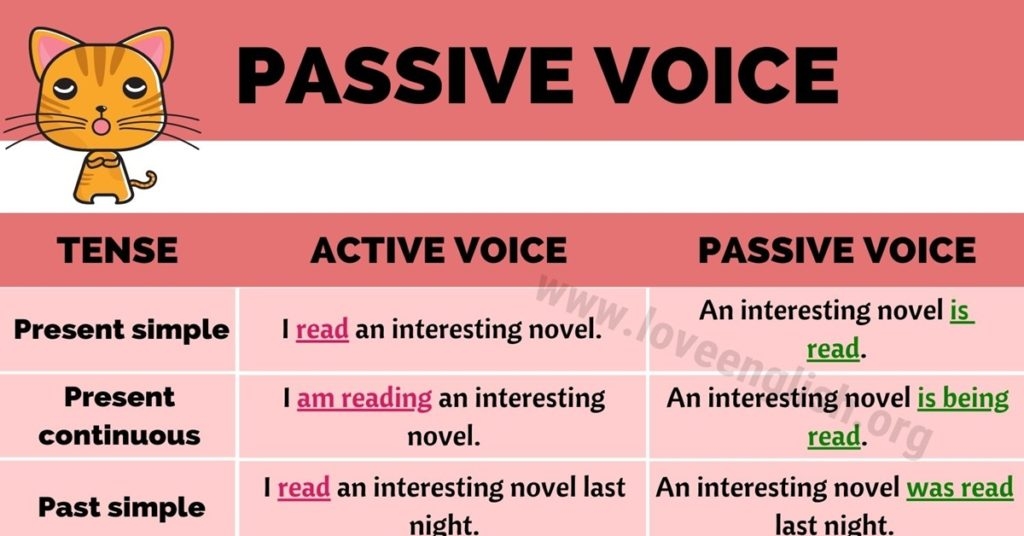When it comes to writing, understanding the concept of passive voice is crucial. Passive voice occurs when the subject of a sentence is acted upon by the verb, rather than performing the action themselves. This can sometimes lead to confusion or unclear communication in writing. By recognizing and avoiding the use of passive voice, writers can improve the clarity and effectiveness of their writing.
Many people mistakenly believe that using passive voice makes their writing sound more formal or academic. However, overusing passive voice can actually make writing more difficult to read and understand. It is important for writers to be aware of when they are using passive voice and to make a conscious effort to rephrase sentences in the active voice for greater clarity.
Passive Voice Definition and Examples
Passive voice is a grammatical construction in which the subject of a sentence is not the doer of the action, but rather the recipient of the action. In passive voice, the object of the action becomes the subject of the sentence. Here are some examples of passive voice:
1. The cake was baked by Mary. (Active: Mary baked the cake.)
2. The report will be written by the team. (Active: The team will write the report.)
3. The house was built in 1900. (Active: Someone built the house in 1900.)
Using passive voice can sometimes be appropriate, such as when the focus is on the recipient of the action rather than the doer. However, writers should be cautious about overusing passive voice, as it can make writing less engaging and clear.
When revising your writing, look for sentences that use passive voice and consider whether they would be more effective in the active voice. By making this simple adjustment, you can enhance the clarity and impact of your writing.
Overall, understanding passive voice and how to use it effectively is an important aspect of writing. By recognizing when passive voice is being used and making the necessary revisions, writers can improve the readability and effectiveness of their writing.
